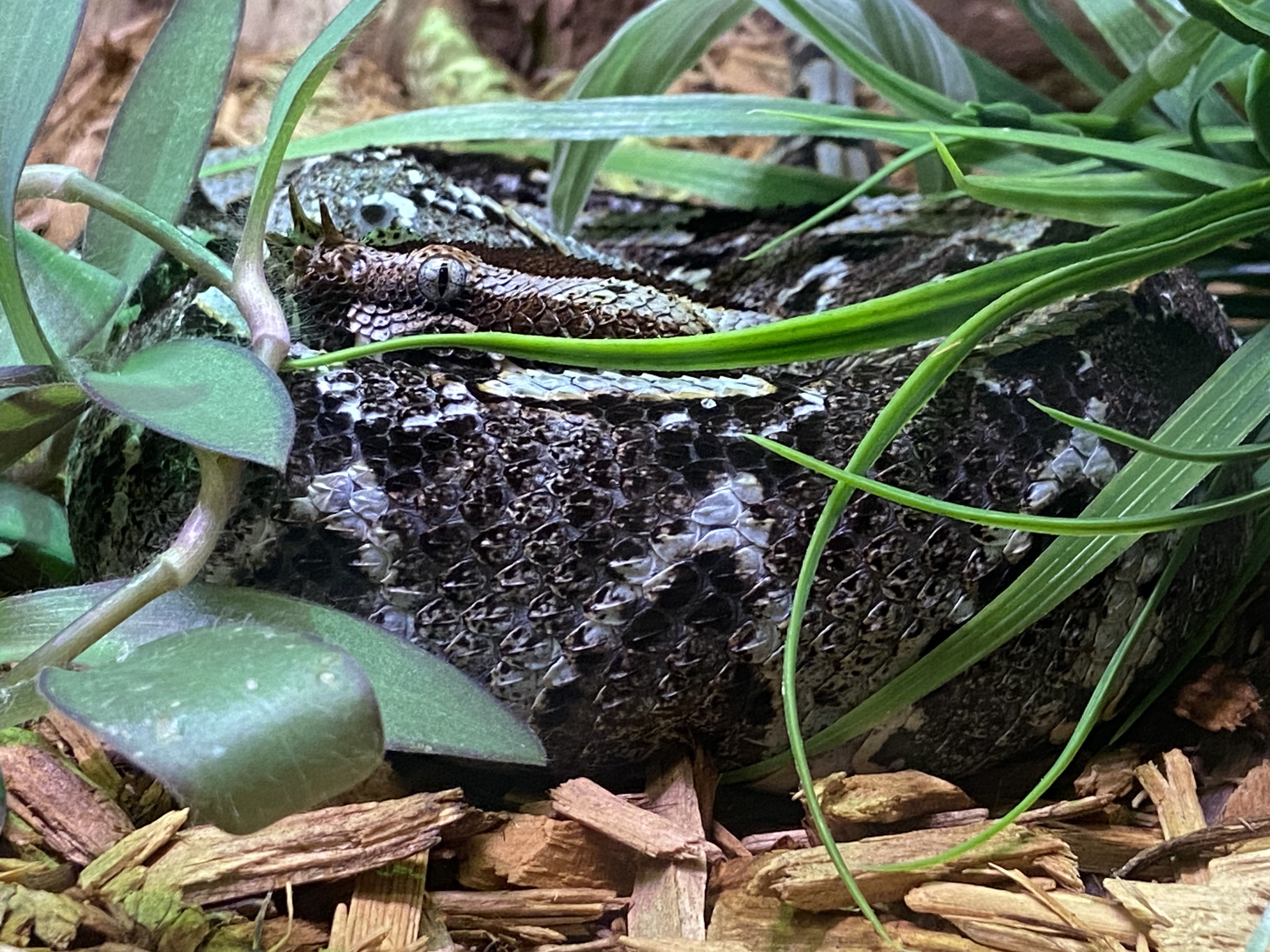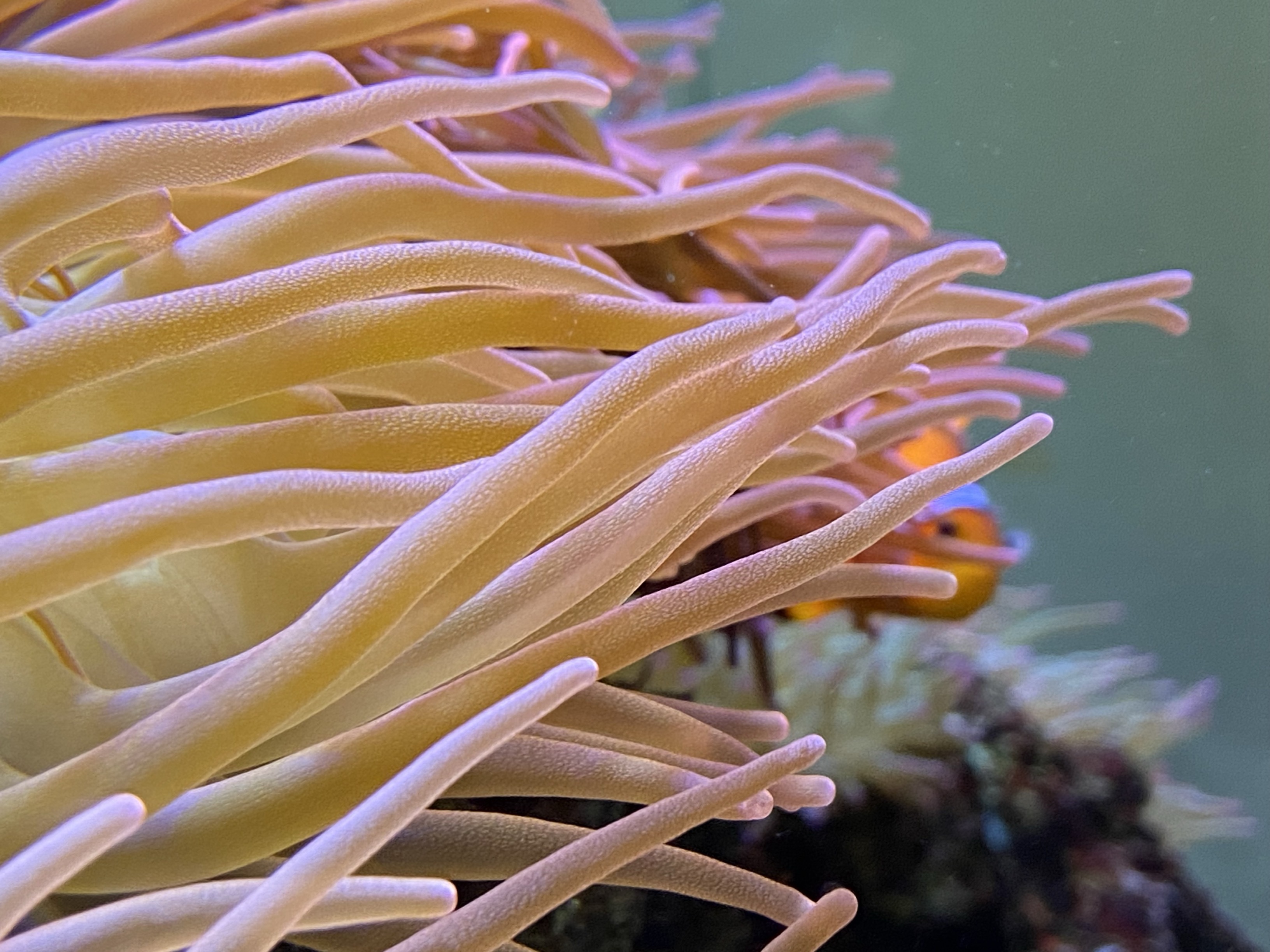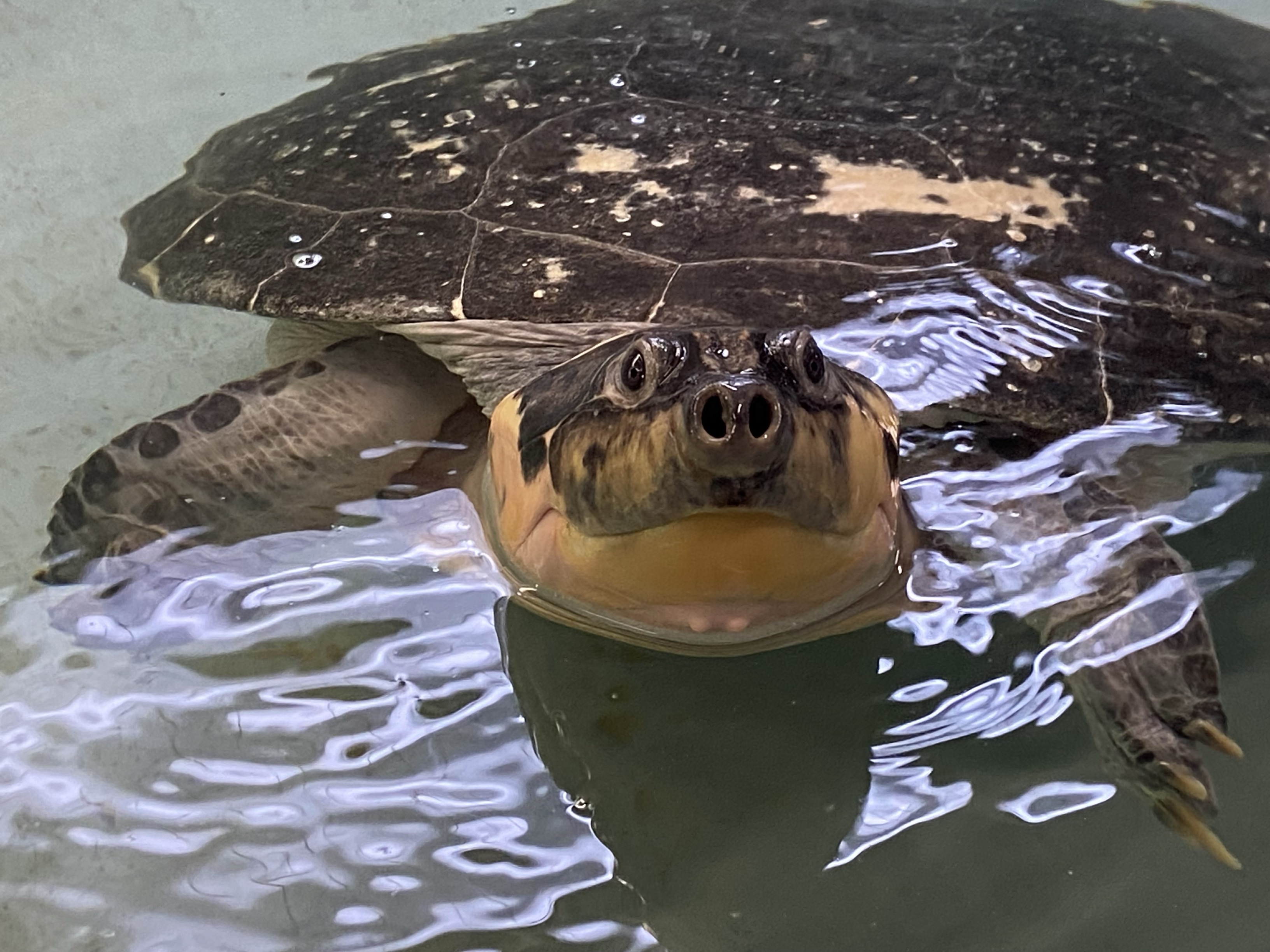Behind the Scenes: Aquatic and Reptile Center at the Milwaukee County Zoo
MILWAUKEE (CBS 58) — Lions, tigers, and bears, oh my! The Milwaukee County Zoo has delighted children and families since 1961 with hundreds of species galore. But it’s one center toward the back of the property where you can find all things scaly and slippery, from the alligators to the anacondas.
“It’s real hard to have a bad day at the zoo!” said Shawn Miller, the curator for the Aquatic and Reptile Center. “I’ve loved animals since I was a kid. You ask my parents, when I was 2 years old, I wanted to be a zookeeper. There was never anything else in my mind.”
It’s been his entire career since he was a 15-year-old teen working his first job.
Miller stepped into the big role nearly seven years ago, after working at the zoo for almost 30.
“I think the big thing is just people understanding how much effort goes into this building because I think a lot of time people look at it as those are the easy animals to care for, they don’t do a whole lot but there’s a whole lot more that goes into it,” Miller said.
The Aquatic and Reptile Center is one of the oldest buildings at the zoo and houses around half of the entire zoo’s animal collection.
If you’ve been, you’ll remember the dark walls and dimly lit areas that help improve the animal exhibits’ visibilities.
But that’s actually only about 25% of the entire building.
So, what’s in the remaining 75%? That’s where Miller and the rest of his team work their magic.
Behind the doors marked “authorized personnel only,” are steps leading up to the Lake Wisconsin Mezzanine — the center’s public education area.
It’s where students and visitors can get close-up looks at special artifacts like turtle and horseshoe crab shells, plus a bird’s eye view of the 55,000-gallon Lake Wisconsin aquarium.
Once you leave that area, another door takes you to the galley walk overlooking the Amazon River Habitat — another 55,000-gallon aquarium featuring predatory fish.
“Fish are much more very intelligent than we thought,” Miller said. “We’re kind of in a renaissance with basically everything cold-blooded right now, on where we’re understanding differences of social dynamics, intelligence.”
One example? The Amazon River’s arapaima named Gold, who Miller and his team helped train using a yellow target during feeding time.
“We’ll lower the target into the water, she’ll come up and actually hit the target, and then she’ll get her food,” Miller explained.
And why, you ask, does a fish need training?
“If we have to do veterinary procedures or something like that on these animals, we may need to be able to capture and restrain, so we’re working toward getting her to actually swim into a sling that we’ll be able to lift out of the water,” Miller said.
The center’s freshwater keepers spend hours each day observing Gold and the rest of her tank-mates.
“For so long, people always go, well how does a fish think like a person?” Miller said. “What we’re starting to do now is, how can a person think like a fish?”
If thinking like a fish is too hard, what about a turtle?
The habitat also features the zoo’s oldest animal — a giant Amazon River turtle named Onassis, who was rescued in 1969 from a fish market in Brazil.
“What we tell people is we can say fairly confidently she’s at least 80 years old but there’s a possibility she could be over 100 years old,” Miller said.
So, how does one make sure aquariums like Onassis’ and Gold’s stay afloat?
The center still uses original machinery from when it was constructed in the 1960s. Some of that equipment isn’t even manufactured anymore.
“It’s very old technology but it works very well for what it does,” Miller said.
And the filters for those massive tanks? It surprisingly isn’t some high-tech, fancy system.
“This entire system runs on a toilet float valve. It’s the same mechanism you have in the back of your toilet at home,” Miller said.
As curator, he added that he hopes giving a behind-the-scenes look to what used to be referred to as “Murderer’s Row,” will help break down some of the scary stigmas surrounding the animals housed inside.
“They’re not just that cold-blooded thing that is waiting in the corner to jump out and bite you,” Miller said. “We look at how we can interact with these animals, how we can enrich their lives, and how we can educate the public about what these animals truly are.”
Staff are now working on making the center’s public floor more interactive so visitors can better understand the animals.
“This is my passion, this is my life,” Miller said. “I’ve never known anything more like this is just who I am, this is what I do. This is what I was meant to do and I’m doing it.”

















